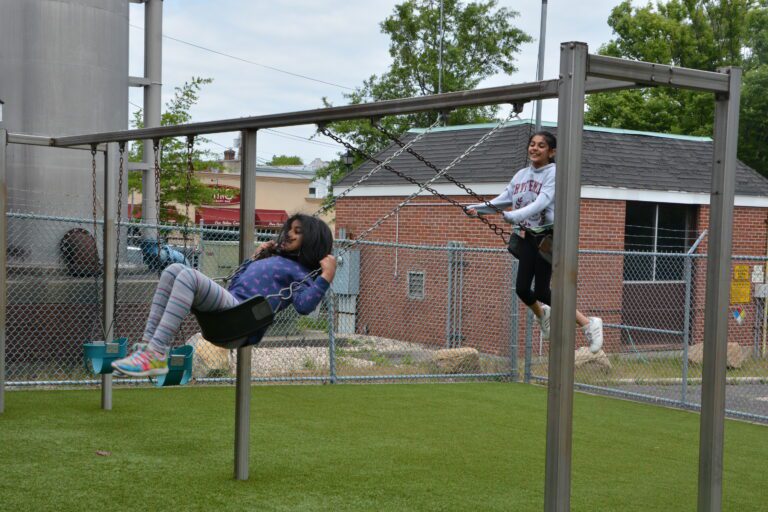
The amusement parks are open for business and booming. We have Adventureland in Farmingdale, and for those unafraid to embark on a journey, you can always head to Coney Island. Kids and adults of all ages are drawn to them like bees to honey. But why is that? After all, when you watch anyone ride on a roller coaster, they all scream so loud it’s like they have just stared death in the face.
But thrill-seeking is certainly not limited to amusements parks. In fact, “the need for speed” is common and not limited to “Top Gun” adventures in film. The need to face anxiety-producing situations and survive them is one of the reasons people travel to foreign lands. Going on a trip overseas is thrilling but also harrowing and exhausting. A friend of mine just got back from a trip to Italy and the first things she said was: “Gee, it’s good to be home.”
Many adults seek out frightening scenarios through sports. Mountain climbing puts your life at risk as does cycling, boxing, surfing, snowboarding and waterskiing. Sports are riveting enough to draw crowds who are satisfied simply with the vicarious thrill of watching someone flirt with death.
NASCAR, Formula One, and drag racing are all based upon the thrill of facing death and surviving it. Bob Lipsyte, the award-winning sports writer for The New York Times once did a series on NASCAR and asked me to comment on the sport. As I did my research I became aware that NASCAR was all about the rush of confronting death and coming out alive.
As every athlete enters the arena, they feel the anxiety of competition and hope to overcome this apprehension by winning. Gladiators did it in Roman times, but all athletes are playing the same game, the game of facing up to their fear and surviving the challenge. After all , isn’t that why they use terms like “sudden death playoffs?” The thrill of victory always stands adjacent to the agony of defeat.
You may be surprised to know that Sigmund Freud briefly touched upon this dynamic when he said that athletes repeatedly compete in order to obtain trophies, which serve to remind them that they faced up to their fears and overcame them. However, since the drive to face up to the fear and survive it is unconscious, the athlete is destined to be like Sisyphus, and endlessly push the boulder up the hill only to have it fall back down again.
Later on, other psychoanalysts such as Helen Deutsche and Otto Fenichel picked up on this theme and labeled it counterphobia, or the tendency to enter fearful situations in order to master and control them as a way of managing repressed childhood anxieties. This theory of defense is very helpful in explaining why athletes refuse to retire.
They are unaware of what their drive to compete is all about and so are destined to be like Sisyphus and keep on competing long after their financial needs are met. You can see this compulsion to compete in Tiger Woods whose body has been ravaged by injury and yet he keeps on pushing that boulder up the mountain.
This counterphobic behavior, be it an amusement park ride, a trip to a foreign country or being a weekend warrior is considered to be a highly adaptive defense. It provides us with thrills, adventures, excitement and even an ever-so-brief awareness that we are finally conquerors of all of those childhood anxieties and insecurities that once plagued us and made us afraid of the dark.







